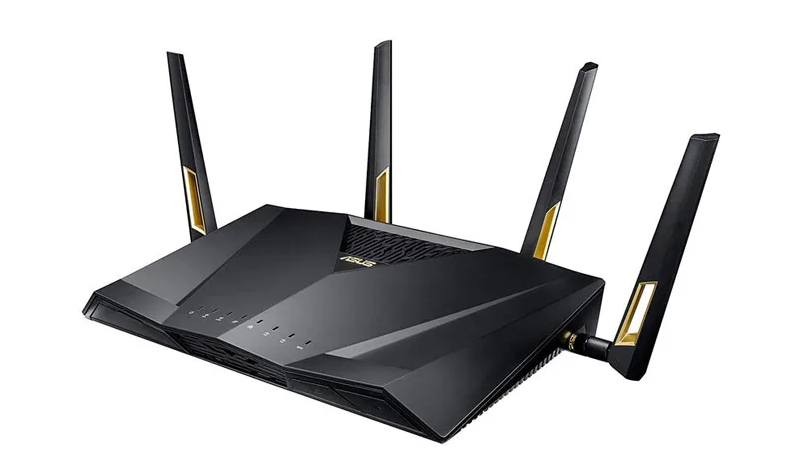Wi-Fi 6 Network Benefits
The amount of devices that we have connected to our wifi network at home is on the increase. Back in 2014 the average family had 4 wireless devices connected to their network. In 2021 it is more like 9 devices, with estimates predicting that number will grow to more like 50 in the next 5 years. To understand why this is a problem you need to understand the limitations of Wi-Fi. Let's start with a hardwired connection. This is the gold standard. If you plug a laptop, TV, printer, or any other network-connected device directly into an ethernet port you get the very best speed and reliability. If you have a gigabit-capable network and your ethernet port is outputting 1GB, then whatever you plug in will receive 1GBps of data transfer - in simple terms. Add to that a wired connection's ability to send and receive at the same time and the advantages of a wired connection are huge. This is why we always say if it isn't going to move (a TV, media streaming device, desktop PC, or even a laptop if it lives on your home office desk) plug it in. It doesn't matter how many devices are plugged in, they will all get the same speed.



